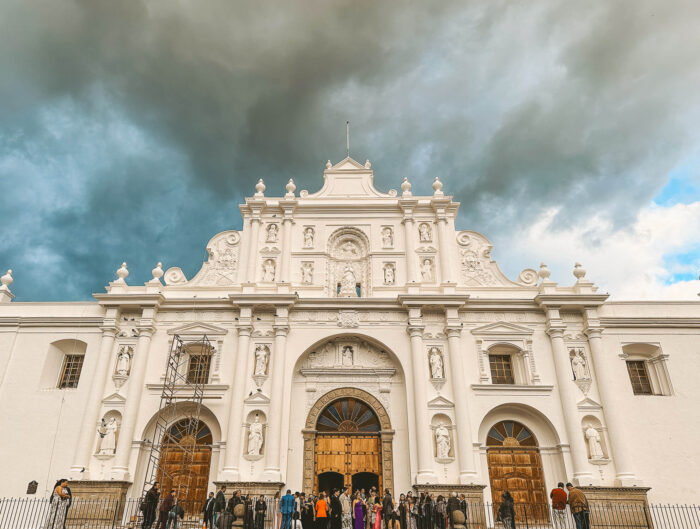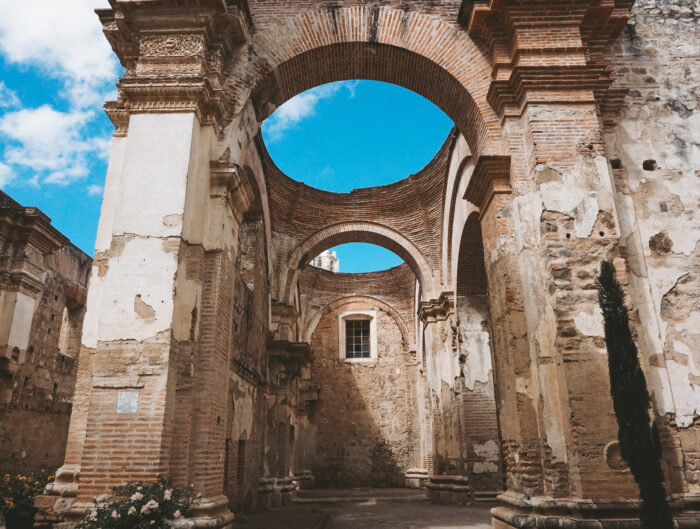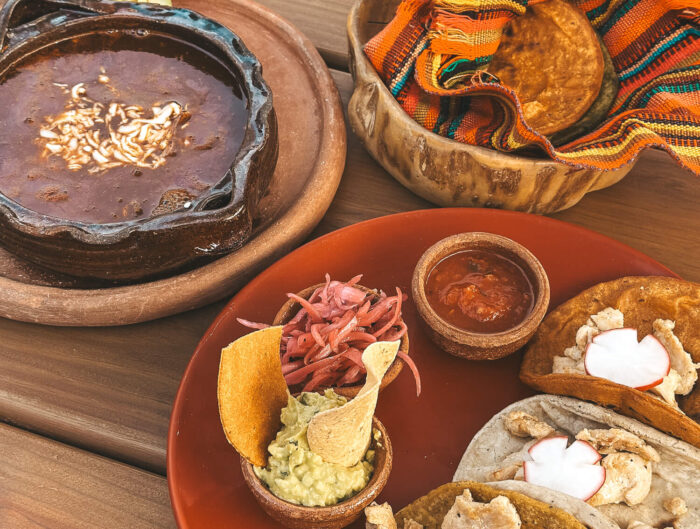While you’re planning your trip to Japan, use these tips to help you prepare. Japan is a fun country to travel around and these tips can make your visit a little easier. These tips came from resources I used, things I experienced and observed during our trip, or things I wish I had done.
Here are 10 things I recommend for your trip to Japan.
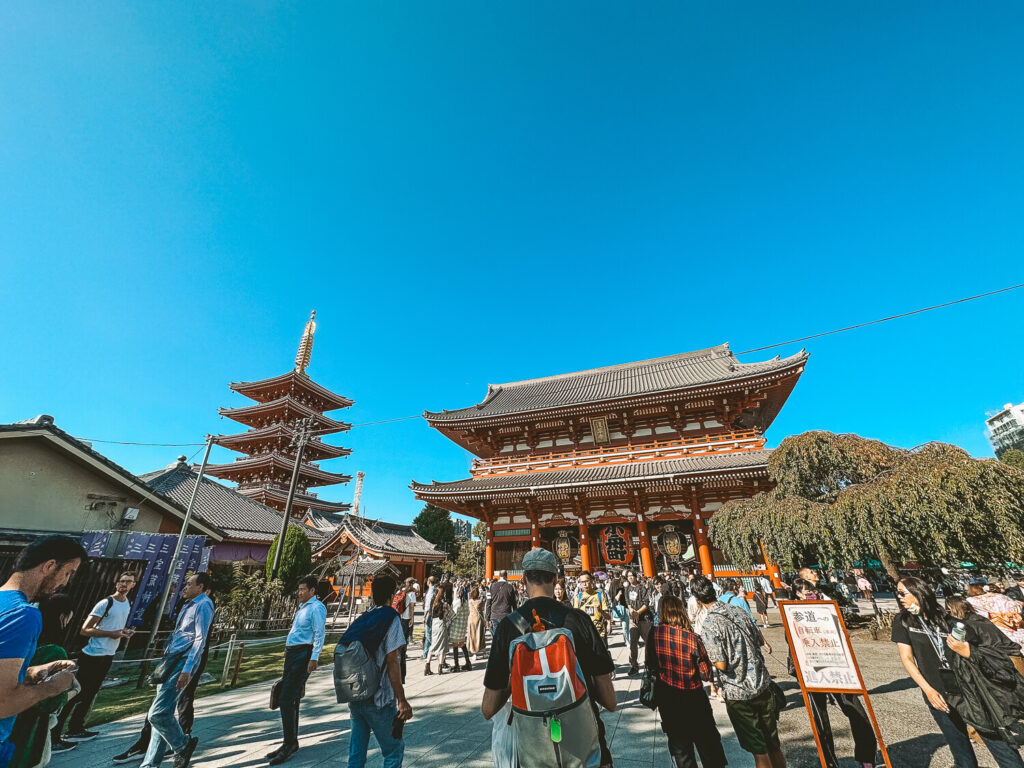
1. Use Tablelog and Omakase for restaurants
For all the foodies who like to plan ahead on meals, you’re likely researching restaurants to try. You might find my Japan posts and recommendations on social media helpful, but I also recommend checking with locals. Tablelog is similar to what Yelp is in the U.S. For fancier restaurants, the Omakase site is used for reservations and deposits.
2. Pack light and only bring carry-on size luggage
This tip will help you navigate trains. There are stairs everywhere (though escalators and elevators are available), so having more compact luggage will save you some struggle as you’re traveling from city to city. You’ll have to pay extra for large bag storage on trains.
If you don’t want to mess with your luggage on trains, there are luggage delivery services that will transport your luggage to your next hotel. Check your hotel for rates and availability.
3. Don’t eat on the go
It’s rare to see Japanese people walking and eating, and eating and drinking are typically not allowed on the subway. Most places are dine-in or have seating so you can enjoy your treats and drinks (and throw them away) before you leave. The exception would be convenience stores. I recommend going back to your hotel or finding a nearby spot to enjoy whatever you buy.
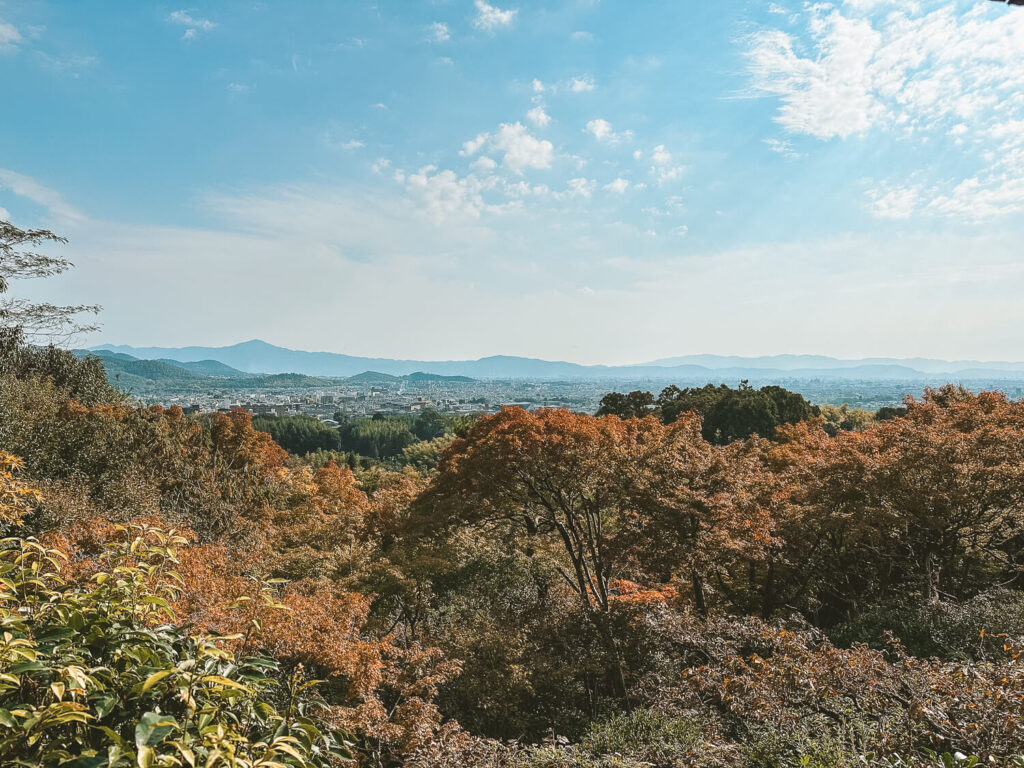
4. Prepare a daypack
Things that would be helpful to have in your daypack: a small hand towel, wet wipes and/or hand sanitizer, tissues, a small trash bag, and a water bottle. If you can find a public restroom, it may not have paper towels to dry your hands. There are also few public trash cans, so a small trash bag you can keep in your pack will keep you clean and organized, especially if you end up eating on the go. Wet wipes and hand sanitizer are always good when you’re out and about.
5. Visit more than one city
Each city has its vibe, special cuisine and dishes, and landmarks. We visited Tokyo, Hakone, Osaka, Kyoto, and Nara in two weeks. You’ll likely land in Tokyo. Take a train to visit a smaller mountain town like Hakone or see the historical streets of Kyoto. There are so many options; it depends on what you’re interested in seeing or doing.
6. Have physical money handy
While credit card usage is becoming more widespread, there are a handful of times when having physical money will be helpful. Restaurant alleys and markets are some places where cash is helpful. I recommend exchanging money at your local bank before your trip so that you are set when you arrive.
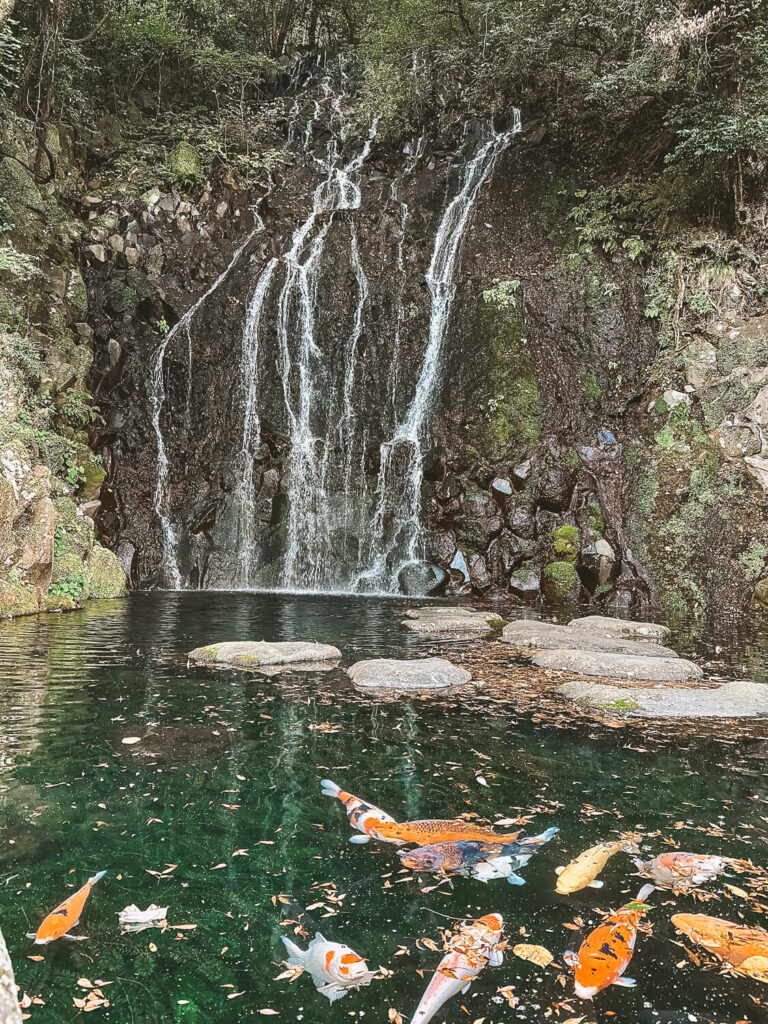
7. Be mindful of how you take up space.
Sidewalks and areas in the train station easily get congested. If you stop to look at your phone or to wait for someone, move to the side or somewhere not in the middle of a walkway. Japanese people seem to move very deliberately and efficiently when going somewhere, especially during rush hour, which can be the opposite of a traveler trying to figure out where they’re going! Similarly, if you’re wearing a backpack, move it to your front side on a subway to avoid bumping into people behind you. Always observe your surroundings and be mindful of others around you.
8. Use public transportation
Trains are the most popular way to get around in Japan, and a maps app like Google Maps or Apple Maps makes it easy. These maps apps will tell you exactly which train to take, the time it leaves, the least crowded train car, and which train station exit to go to. Train stations and trains also have alphabet translations.
Trains stop around midnight to about 5 am, so if you need to travel during these times, look for a taxi.
We had a JR Pass, Suica card, and Hakone Freepass that made transportation a bit easier and cheaper. The JR Pass is recommended if you will be traveling to more than three cities. The pass recently increased its prices, so I would price out where you’ll be traveling to see if it’ll save you money. The Suica card is a subway card that you can load money on and it subtracts as you scan and exit the station. The Hakone Freepass takes care of all transportation in Hakone. It can be slightly confusing, but there is a lot of signage in the train stations and train employees who can help.
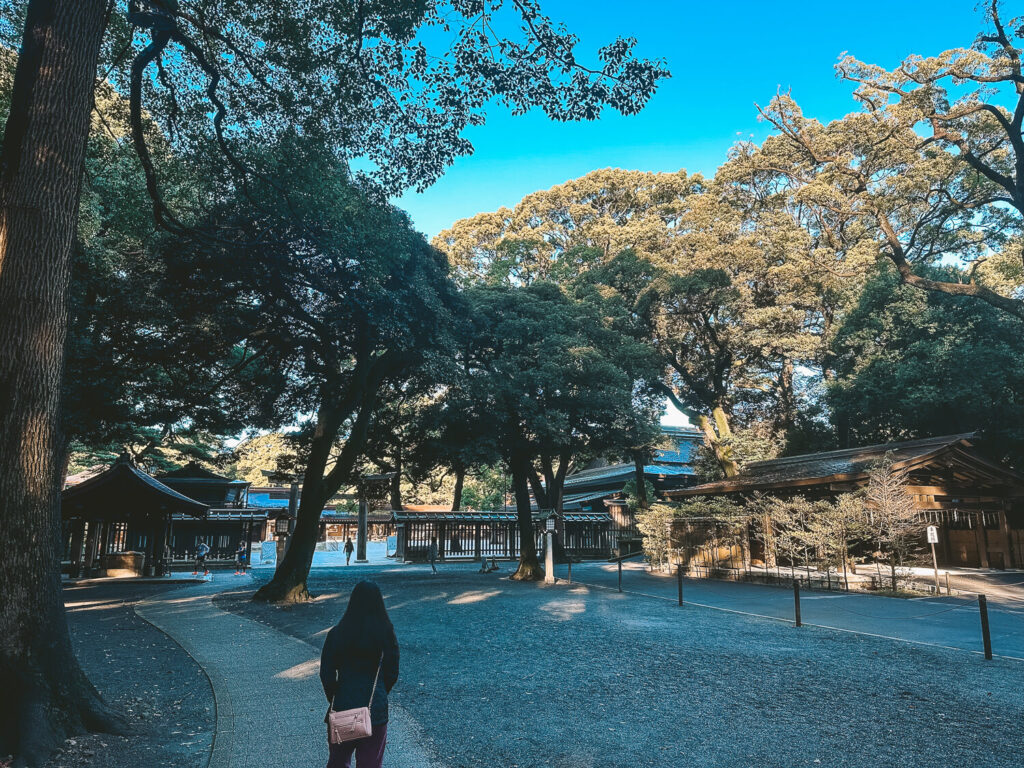
9. Book hotels near train stations
Trains are probably the way you’ll get around for sightseeing, so being a short walk from a station will save your legs a bit. If you are traveling to more than two cities, you’ll likely be taking long train rides. Booking a hotel near a JR station will make it easier, especially since you’ll be with your luggage.
10. Arrive earlier than you think.
When we needed to be somewhere at a specific time, we were frequently late because our trip took longer than expected. I recommend starting your journey 15-30 minutes earlier than you think. Navigating train stations and general wayfinding on streets easily add time to your journey.

A little preparation can go a long way in saving you some stress. I hope these tips help!
Need more advice or recommendations about Japan? Check out these posts:

